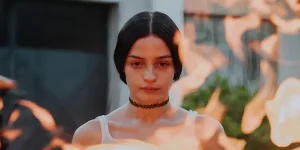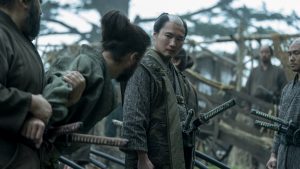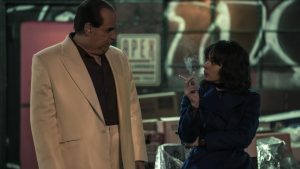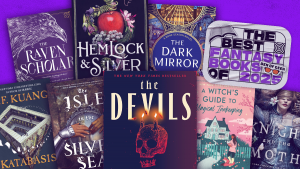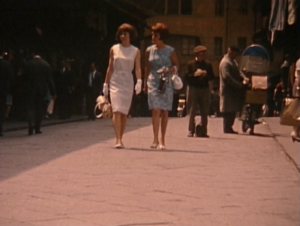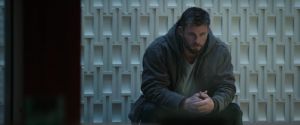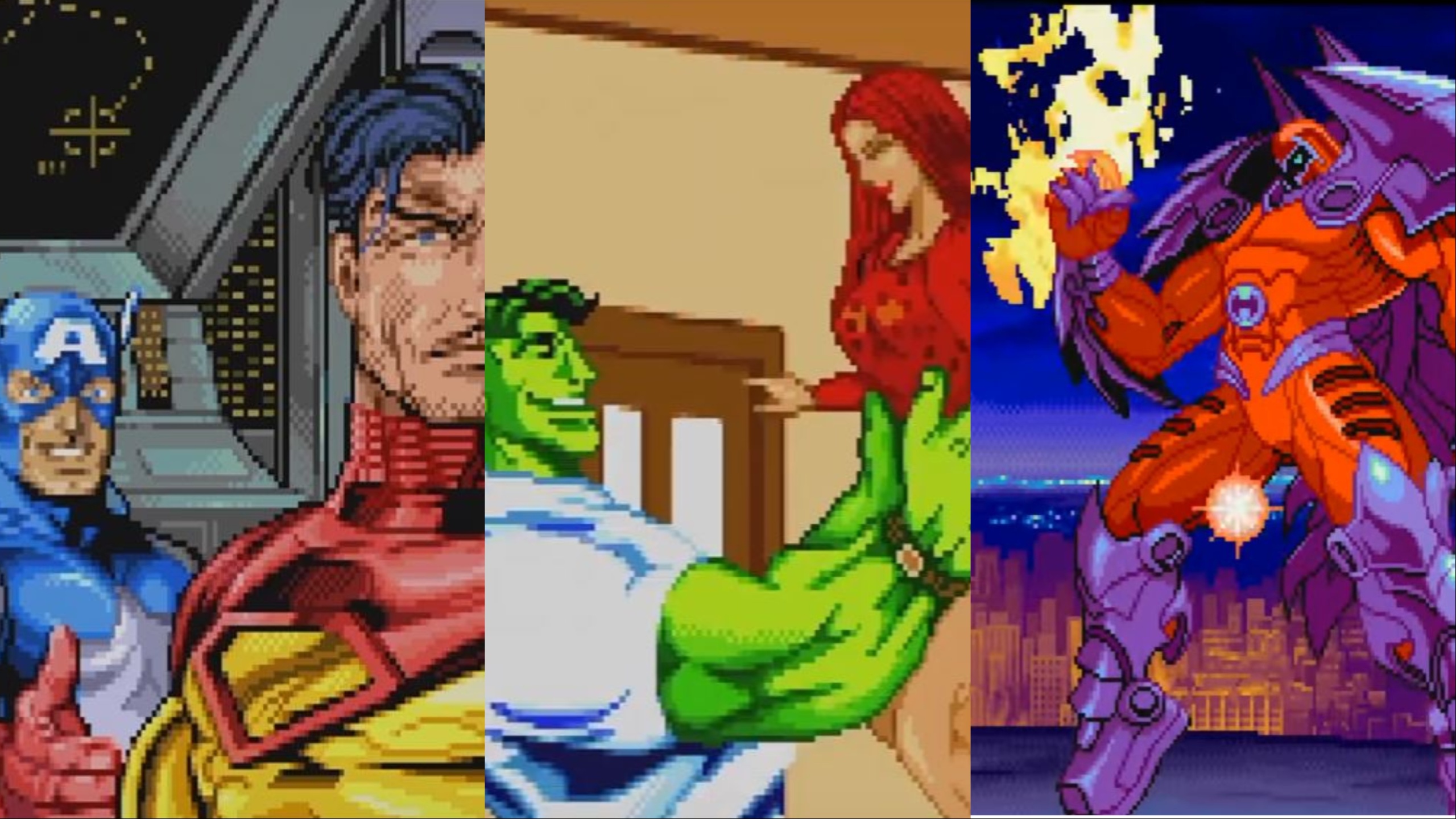
Recently, it was announced that Capcom would be releasing yet another game collection, this time focusing on their arcade efforts with Marvel Comics. Marvel vs. Capcom Fighting Collection: Arcade Classics comes with a rocking Punisher beat ‘em up, as well as a series of six fighting games that have evolved over the course of six years. In 1994, X-Men: Children of the Atom arrived with an Akuma cameo in it, and by 2000, we had Marvel vs. Capcom 2, featuring a massive roster of heroes and villains from both companies.
The cover art, used as part of the collection’s reveal, updates the intro of X-Men vs. Street Fighter by once again having Ryu shake hands with Cyclops. It’s a fitting image, as the Jim Lee version of Cyclops is back in the zeitgeist thanks to the success of X-Men ’97. Still, certain parts of those games might not feel as timeless in 2024 as they were in the mid-’90s.
It’s the norm for comic books to take a status quo and then muck with it for the sake of adding a new coat of paint onto everything. Give it time, and things will rubber-band back to the “iconic” way. Spider-Man will wear a new costume until it’s time to go back to the original outfit. Superman will grow a mullet until it runs its course and he gets a haircut. Deadpool will lead a team of Deadpools (and later a team of guys dressed as Deadpool) until it’s time to make him a solo act again.
Anyway, here are some aspects of the Marvel vs. Capcom games that are stuck in the ‘90s.
Professor Hulk
In 1987, Peter David started a very lengthy run on Incredible Hulk, with an initial focus on Hulk’s gray-skinned personality, Mr. Fixit. In 1991, David changed things up a bunch by doing a story where psychiatrist Doc Samson merged Banner, Savage Hulk, and Mr. Fixit into one entity. From there, we got Smart/Professor/Merged Hulk. Unlike in the MCU, where he kept Banner’s nerdy personality, the comic version had more dash to him. This remained Hulk’s main form until David left the book in 1998 due to disagreements with the editorial team. The following writers went back to the angry Neanderthal take.
However, as Marvel Super Heroes came out in 1995, and was based on 1991’s Infinity Gauntlet comic event, they went with the intelligent, smirking, confident Professor Hulk version of the character. Capcom made virtually no changes to the sprites or voice samples when it came to Marvel Super Heroes vs. Street Fighter, Marvel vs. Capcom, and Marvel vs. Capcom 2. In fact, it wasn’t until Marvel vs. Capcom 3 came out with its 3D character graphics that they finally had the better-known “HULK SMASH!” incarnation.
Terraxia
As mentioned, Marvel Super Heroes was a loose adaptation of Infinity Gauntlet. That gives us some very specific cameos, like in the background for the Thanos boss fight. We get the likes of Death, Mephisto, She-Hulk, Scarlet Witch, Drax the Destroyer, and Nova. Most notable here is the use of Eric Masterson as Thor, who held the mantle for about a year and a half, but is immortalized by having that change happen during this comic’s storyline. While Masterson Thor shows up in Captain America’s arcade ending, they go back to the regular version of the character when Thor is an assist in Marvel vs. Capcom.
During Thanos’ victory animation, Terraxia even appears and hugs him (which he retains in Marvel vs. Capcom 2). This is enough of a deep cut that she’s surprisingly never been brought back in any way. During Infinity Gauntlet, Thanos tried to make Death jealous by Weird Sciencing his own girlfriend into existence with the Gauntlet. Terraxia succeeded in brutally murdering both Iron Man and Spider-Man for Thanos but was later killed thanks to Nebula getting her hands on the Gauntlet.
The Parker Marriage
Ah, this one just stings.
Marvel Super Heroes came out in the midst of Spider-Man’s infamous Clone Saga, where the team-up adventures with his clone Scarlet Spider went on for far too long thanks to editorial meddling. A big plot point was that Mary Jane was pregnant, which is reflected in Spider-Man’s Marvel Super Heroes ending, where he comes home and she gives him the good news. Unfortunately, the Clone Saga would messily end with the baby being kidnapped under the guise of a miscarriage, then forgotten about completely. Yeah, comics.
At least the Marvel Super Heroes vs. Street Fighter ending would at least have Peter come home to Mary Jane and enjoy their babyless marriage. For as long as that lasted. In the comics, the two tied the knot back in 1987, but due to an editorial belief that Peter Parker’s marriage aged him too much (and how a divorce would make things worse), a 2007 storyline One More Day had Peter and MJ sell their marriage to Mephisto to keep Aunt May from dying. They still haven’t walked that one back, only occasionally giving us some kind of alternate universe take where they’re still together.
Iron Man’s Modular Armor
For a while, Iron Man’s various armors were like ‘90s Batman action figures where they existed for specific environments and missions. During the Len Kaminski run, Iron Man #300 introduced Model 13, otherwise known as the Modular Armor. It was more all-purpose than previous armors and became Tony’s bread and butter until a string of scenarios where he was turned evil, replaced by his time-displaced teen self, ended up on Counter-Earth, and…listen, Iron Man went through some shit in the ‘90s.
The Modular Armor was the ‘90s Iron Man armor. It was what he had on the animated series. It’s what he had in the Capcom games (as well as War Machine, considering he was just a palette swap). Even his special tech attachments came from the Kaminski run, like that cool giant jetpack from his pre-fight animation. Hell, the iconic Proton Cannon super is something he used a whopping one time against the Technovore in Iron Man #294. But Capcom immortalized it anyway.
Oh, and Tony Stark had some serious health issues around that time to the point of faking his own death so he could recover in peace. His messed up nervous system is talked about in his Marvel Super Heroes ending. How ironic that the finale in the game where Iron Man fights Thanos and steals the Infinity Gauntlet ends with Tony Stark becoming physically healthier.
Sabretooth and Birdy
X-Men vs. Street Fighter brought Sabretooth into the fold, and, as expected, he came off as a bigger and meaner Wolverine in terms of offense. That is, except for his ability – both as a special move and a super – to snap his fingers and call in a woman named Birdy to open fire on his opponents with her gigantic sci-fi machine gun. But who was this generic ‘90s comics blond yelling, “Yeah, boss!” with a New Jersey accent? Birdy was Sabretooth’s assistant: a mutant with the power of empathy who could soothe her boss’ rage and keep him on task.
Birdy was introduced in X-Men #6 during the franchise-defining Jim Lee run. That itself probably explains just why they threw her into the game, considering how major those comics were to the X-Men brand. The thing is, Birdy only had five comic appearances in the ‘90s, showing up in that X-Men issue, and in a four-issue Sabretooth miniseries, where she was murdered by Sabretooth’s bigoted human son, Graydon Creed. She died in 1993, three years before X-Men vs. Street Fighter even came out. Then she came back for Marvel vs. Capcom 2 four years later!
Birdy remained a forgotten part of X-Men lore until only recently getting resurrected as part of the Krakoa storyline.
Onslaught
The bosses in the early Marvel games usually made plenty of sense. X-Men fighter? Throw in Juggernaut, followed by Magneto. Marvel in general? Dr. Doom followed by Thanos with the Infinity Gauntlet. X-Men and Street Fighter? Go bigger by having a gigantic Apocalypse. Marvel and Street Fighter? Turn Akuma into one of Apocalypse’s Horsemen. When it came time for Marvel vs. Capcom, it was the perfect time for synergy as the comics had just finished their Onslaught event and Onslaught was the epitome of a video game boss in supervillain form.
The design and basic idea were cool: Xavier using his powers to shut down Magneto caused all of Xavier’s pent-up negativity to manifest and turn him into an evil Xavier/Magneto hybrid the size of a house. Too bad everything about it was a mess, from the concept stage to the storytelling to the Heroes Reborn follow-up. Honestly, the only good things to come out of it were Marvel vs. Capcom and the creation of Thunderbolts. Since then, Marvel has sporadically tried to bring Onslaught back in some form, but it’s never really worked.
Marrow
There have been hundreds of X-Men members to juggle through the years, some more obscure than others. When Marvel vs. Capcom 2 was created, there were seven new characters brought in for the Capcom side (plus the original boss character Abyss), but only two Marvel characters. Cable was an obvious decision, but Marrow has felt more and more like an odd choice the longer we get away from 2000. They couldn’t bring in Punisher or Daredevil or even someone from the Fantastic Four?
At the time, though, it made sense. Marrow felt like the new X-Men character of the latter ‘90s. Initially, Marrow was introduced as a Morlock driven to terrorism, only to reluctantly join the X-Men in late 1997. Her body horror powers of weaponized bone regeneration, dark past, and angry demeanor made her feel like an attempt to create another Wolverine type. She was the new hotness (literally, they came up with an in-story reason why she went from ugly to marketably attractive), but Marvel’s interest in her faded as the franchise moved in new directions. Marrow quietly left the team, but writers will occasionally have her pop up to remind us that she exists.
Bone Claw Wolverine
As mentioned, the developers came up a little short when it came to adding new Marvel characters to pad out that side of the Marvel vs. Capcom 2 roster. One interesting idea they had was to just add Wolverine again. They simply changed the art of his claw sprits, altering them from straight metal to jagged bone. There were a handful of differences between his moves and gameplay, but nothing too major.
This was also Capcom catching up with what the comics had done with Wolverine through most of the decade. In 1993, a battle between Wolverine and Magneto led to the latter violently tearing all the adamantium out of Wolverine’s body (an iconic moment beautifully recreated in X-Men ’97). This led to the big reveal that Wolverine’s claws were a genetic mutation, not a Weapon X invention, and he spent several years rocking the bone claws. There was also stuff about him turning into a noseless savage, but that didn’t last. Eventually, Apocalypse experimented on him and gave him back the adamantium skeleton. When did this issue come out? A mere four months before Marvel vs. Capcom 2 was released in arcades!
Epilogue: The 3D Era
Marvel vs. Capcom 3 would be released in 2011, and it does have a handful of time capsule moments. It’s nothing too major, such as Super-Skrull making a Secret Invasion reference by yelling, “HE LOVES YOU!” during a Super or Black Panther and Storm being depicted as being married. Hell, Deadpool makes a Turn Off the Dark reference to Spider-Man at one point. It’s the sequel where things truly stick out like a sore thumb.
Marvel vs. Capcom: Infinite came out in 2017, and the Marvel Cinematic Universe was in full effect. They even made Captain Marvel a marquee character in preparation for her planned importance in the MCU over a year later (they did the same stunt by putting Rocket Raccoon in Ultimate Marvel vs. Capcom 3 while the first Guardians of the Galaxy movie was in pre-production). What was important, and a major drawback, was that Disney was very adamant about keeping the spotlight off Marvel properties that they did not have a cinematic hold on. That meant heroes and villains related to X-Men and Fantastic Four were off-limits in a game built on the existence of an X-Men fighting game. The best they could do was throw in Black Panther as DLC and make him play kind of like Wolverine.
A few years passed and Disney acquired the X-Men and Fantastic Four movie rights. It still doesn’t change Infinite from feeling like a thud. What’s done is done and we’re left with a game where the roster is defined by editorial and cinematic politics. It will never be looked back on with the same beloved nostalgia as the games in Marvel vs. Capcom Fighting Collection, where Hulk has one-liners, Onslaught is relevant, and Spider-Man has a loving wife waiting for him at home.
The post The Capcom and Marvel Fighting Games Are A Time Capsule of ’90s Weirdness appeared first on Den of Geek.

